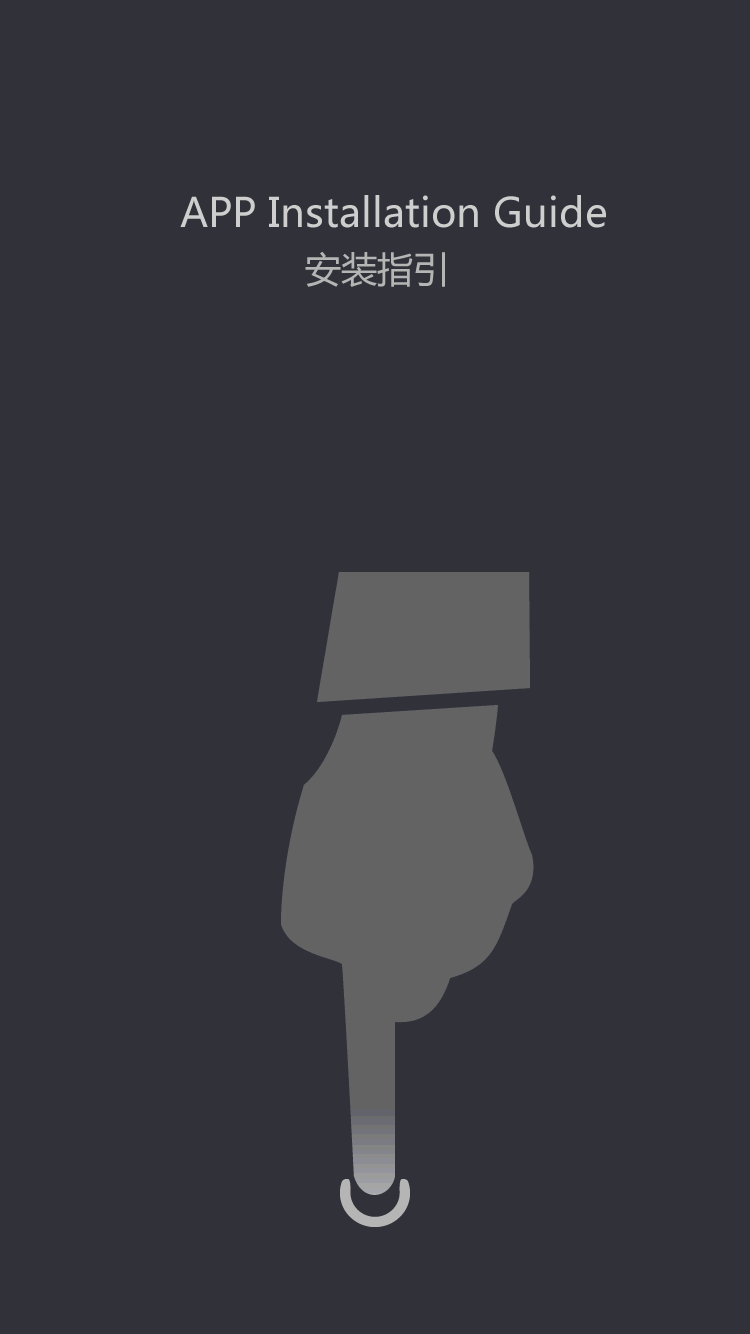Ftth Fusion Splicer Tool Fiber Optic Cleaver
Ribbon splicers look just like single fiber splicers and work in much the identical means, besides the ribbons are handled as one assembly, stripped, cleaved and spliced by particular tools whereas held in a special holder. Fusion splicers are used to create long cable lengths by splicing a number of cable segments. Although the splicer will give an estimate of the splice loss, the one method to test it is with an OTDR. Since OTDRs have directional errors, testing may be required from each directions and averaged. Generally lengthy concatenated cables are tested with an OTDR and traces kept for documentation in case of restoration.
As for the performance of every splicing methodology, the choice is often based mostly on what trade you're working in. Fusion splicing produces lower loss and less back reflection than mechanical splicing as a result of the ensuing fusion splice factors are nearly seamless.
Different variables of these two elements can produce the same splice outcomes. High time and low current end in the same consequence as excessive current and low time. Make positive to vary one variable at a time and keep checking till you've found the proper fusion parameters for your fiber type. As mentioned beforehand, fusion splicing is a junction of two or extra optical fibers which have been completely affixed by welding them collectively by an digital arc.
The time period “cleave” is somewhat confusing, as is the terminology for the device that does the job, so let’s define our phrases and take a look at how the process is completed properly. This Baitaihem FC-6S optical fiber cleaver is on the market with a single fiber adapter for 250 to 900 micron coated single fibers. They can produce repeatable results by way of hundreds of cleaves by merely rotating the wheel/blade accordingly.
Fusion splices are used primarily with single mode fiber where as Mechanical splices work with both single and multi mode fiber. There are two methods of fiber optic splicing, fusion splicing & mechanical splicing. If you might be just beginning to splice fiber, you may need to take a look at your lengthy-term targets on this area in order to chose which method most closely fits your economic and efficiency goals. All fusion splicers have maintenance requirements which must be described within the working manual. Besides cleansing often, they require electrode alignment and occasional alternative.
Proper use of both the splicing machine and the cleaver require fastidiously following the producer's directions. Each producer's product is barely completely different and requires considerably completely different procedures. Reading the manuals and practice with the machine are essential, particularly if the operator has not been educated on the actual splicer in use. Visit our INNO Instrument Brand Page for User Manuals, Videos and other useful information. All INNO fusion splicers embody a3-Year Parts & Labor Warranty, which is the longest of another fiber splicer brand. Contact eFiberTools for gross sales inquiries,troubleshooting or repairs, andINNO splicer leases. There is nothing wrong with the connectors—a well-practiced installer with an excellent cleaver can get excessive yield and quick set up times with these connectors.
Although extra pricey, precision cleavers can cut a number of fibers at one time with elevated velocity, efficiency, and accuracy. And an optical fiber cleaver is the tool to chop the fiber in such a great way. When we need to be part of two optical fibers collectively, we usually use mechanical splice or fusion splice.


































![[Dry Goods] how to avoid electrode rod after fusion black?](https://img5811.weyesimg.com/uploads/tumtecchina.com/images/15840915146146.jpg?imageView2/2/w/1920/q/100/format/webp)







































